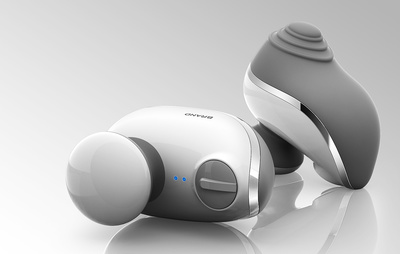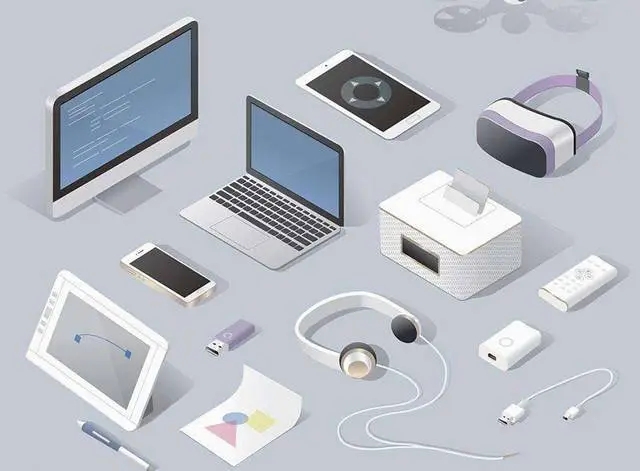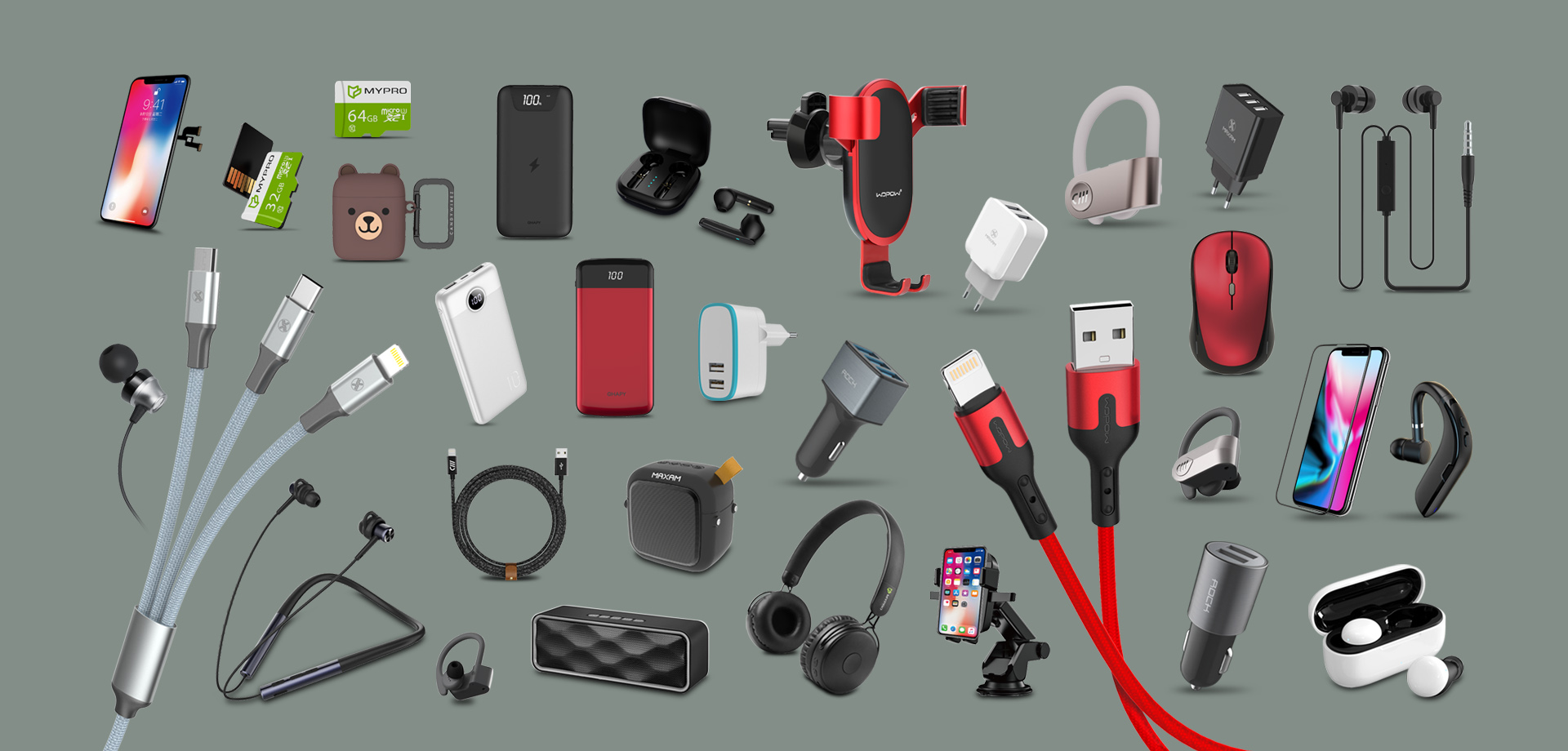Introduction
China is not only a manufacturing powerhouse but also an ideal location for developing new products. With its vast network of suppliers, innovative tech ecosystem, and skilled workforce, China provides a unique environment for product development. Whether you’re creating a brand-new gadget, redesigning an existing product, or launching a line of consumer electronics, China offers the resources you need to bring your ideas to life.
In this blog, we’ll walk you through the steps of developing a new product in China. From prototyping and sourcing materials to selecting the right manufacturing partner, this guide will help international businesses navigate the product development process in China.
Step 1: Conduct Market Research
Before beginning product development, it’s essential to understand your target market and confirm there is demand for your product. Conduct thorough market research to identify your audience, competitors, and trends. This will help you define your product’s unique selling points and guide your design decisions.
Step 2: Design and Prototyping
Once you have a clear idea of your product, start the design and prototyping phase. China has a strong ecosystem of prototype manufacturers, especially in cities like Shenzhen. Work with a local designer or prototyping service to create a physical model of your product. A prototype helps you test functionality, make improvements, and get a tangible sense of the product before committing to mass production.
Step 3: Source Quality Materials
The materials you choose will directly impact the quality and cost of your product. China has a wide variety of suppliers for materials ranging from metals and plastics to specialized electronic components. Conduct thorough research or work with a procurement office to find reliable suppliers. Ensure the materials meet your quality standards and consider conducting material testing for added assurance.
Step 4: Choose a Manufacturing Partner
Selecting the right manufacturing partner is crucial for successful product development. Look for factories with experience in your product category, and consider conducting a factory audit to evaluate their capabilities. Key factors to assess include production capacity, quality control systems, and adherence to timelines. A local procurement office can assist in finding and vetting manufacturers who align with your requirements.
Step 5: Oversee Production and Quality Control
Once you move into the production phase, it’s essential to maintain quality control. Regular factory visits or third-party inspections can help ensure that the product meets your specifications and quality standards. Quality control at each stage of production—from materials to final assembly—will reduce the likelihood of defects and ensure a smooth launch.
Step 6: Plan for Logistics and Shipping
When your product is ready, plan for logistics and shipping to your target market. Work with a logistics provider experienced in international shipping to navigate customs, tariffs, and regulations. Consider factors such as packaging, handling, and transportation to minimize damage during transit.
Conclusion
Developing a new product in China can be highly rewarding if done correctly. By following a structured process—from market research to quality control—international businesses can leverage China’s strengths to bring innovative products to market. With the right partners and careful planning, you can transform your product idea into a successful, high-quality offering.






